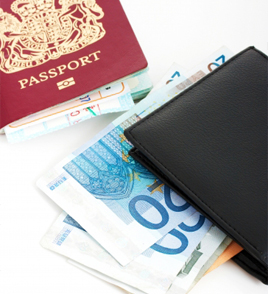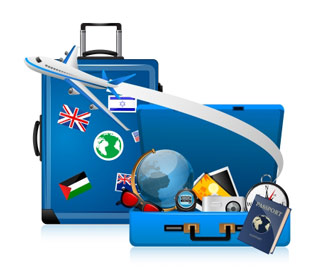When planning a trip abroad, it’s good to know if a visa is needed, and if so, which one. The wrong visa can delay your trip whether it’s for business or pleasure. To ensure you have the right visa for your next getaway, check out the overview of visa types below needed to enter the United States.
BUSINESS AND TOURISM
If you’re looking to enter the U.S. temporarily for business purposes, this visa is for you. The “visitor” visa is used for people who want to attend business meetings, purchase property or buy equipment, according to the United States embassy in Port au Prince. Apply for this visa if your job consists of traveling the globe week to week.
Under this visa, those seeking medical treatment in the U.S. are also applicable.
DIPLOMATIC AND OFFICIAL
Diplomats and other government officials must apply for A visas. Individuals who qualify for this visa are travelling on behalf of their countries to solely take part in official activities for their government.

Photo credit: Stuart Miles
ACADEMIC AND EXCHANGE VISITORS
If you’re a student who wants to study abroad for a semester, then student “F” and “M” visas are best for you. “F” visas are for academic studies and “M” visas are for nonacademic or vocational programs. Students applying for this visa must give proof they enrolled in an institution and program. Additional requirements include:
- Scholastic preparation: If the student applicant is enrolling in an American program, they are required to speak English, unless the student has been assigned an English language course or will be taught in their native language.
- Financial Resources: Student applicants must show evidence they have a reliable financial source to cover all living and school expenses while studying abroad.
GROUPS
If you’re traveling with a large group, a group visa is best. You must first schedule an appointment for the entire group. The applicant then has to send an email two weeks in advance of the chosen interview date. Once approved for an interview, each member of the group must bring the following; an invitation letter from a U.S. organization with accompanying contact information, letters of recommendation from work and/or school transcripts. Other recommended documentation includes information about the applicant’s company or project and a daily itinerary.
Filed Under :










